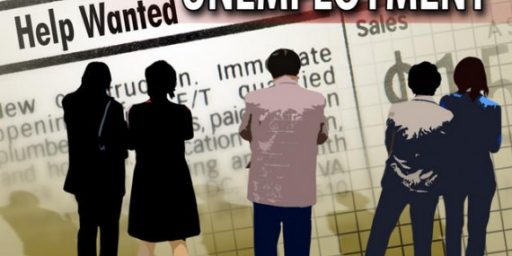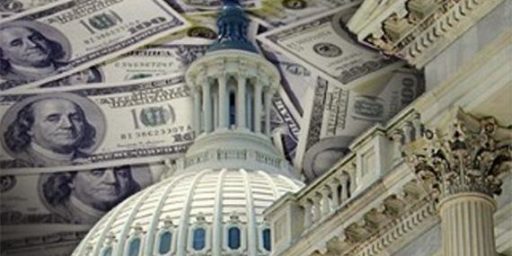Reinhart and Rogoff on the Financial Crisis
Carmen Reinhard and Kenneth Rogoff on the financial crisis.
Let’s start with the good news. Financial crises, even very deep ones, do not last forever. Really. In fact, negative growth episodes typically subside in just under two years. If one accepts the NBER’s judgment that the recession began in December 2007, then the U.S. economy should stop contracting toward the end of 2009. Of course, if one dates the start of the real recession from September 2008, as many on Wall Street do, the case for an end in 2009 is less compelling.
On other fronts the news is similarly grim, although perhaps not out of bounds of market expectations. In the typical severe financial crisis, the real (inflation-adjusted) price of housing tends to decline 36%, with the duration of peak to trough lasting five to six years. Given that U.S. housing prices peaked at the end of 2005, this means that the bottom won’t come before the end of 2010, with real housing prices falling perhaps another 8%-10% from current levels.
Equity prices tend to bottom out somewhat more quickly, taking only three and a half years from peak to trough — dropping an average of 55% in real terms, a mark the S&P has already touched. However, given that most stock indices peaked only around mid-2007, equity prices could still take a couple more years for a sustained rebound, at least by historical benchmarks.
Turning to unemployment, where the new administration is concentrating its focus, pain seems likely to worsen for a minimum of two more years. Over past crises, the duration of the period of rising unemployment averaged nearly five years, with a mean increase in the unemployment rate of seven percentage points, which would bring the U.S. to double digits.
[…]
Perhaps the most stunning message from crisis history is the simply staggering rise in government debt most countries experience. Central government debt tends to rise over 85% in real terms during the first three years after a banking crisis. This would mean another $8 trillion or $9 trillion in the case of the U.S.
[…]
Needless to say, a near doubling of the U.S. national debt suggests that the endgame to this crisis is going to eventually bring much higher interest rates and a collapse in today’s bond-market bubble. The legacy of high government debt is yet another reason why the current crisis could mean stunted U.S. growth for at least five to seven more years.
For far too long, official estimates of the likely trajectory of U.S. growth have been absurdly rosy and always behind the curve, leading to a distinctly underpowered response, particularly in terms of forcing the necessary restructuring of the financial system. Instead, authorities should be prepared to allow financial institutions to be restructured through accelerated bankruptcy, if necessary placing them under temporary receivership, and only then recapitalizing and reprivatizing them. This is not the time for the U.S. to avoid painful but necessary restructuring by telling ourselves we are different from everyone else.
Update: Hit the publish button too soon…
Anyhow, if Reinhart and Rogoff are right I’m not sure that stimulus spending of the magnitude being proposed is going to as helpful as many indicate. Further, given that debt is going to go up dramatically and it will put a serious constraint on growth for years going forward, such spending may lengthen the period during which growth is below potential. And keep in mind Reinhart and Rogoff don’t appear to be taking into account fiscal imbalances that Medicare poses.






We must always start with the simple truth that no one can tell us the future. Lots of people try, and we always listen, but we don’t want to go too nuts believing our own or anyone else’s BS.
That said, I find this piece particularly strange. It is all about average downturns when we know we are already past them. They seem it have given us the only possible sort of “disprovable” prediction, that is, one that is already wrong in the present.
Example:
Gosh, how could that happen … the average recession doesn’t do that, does it?
(Overall these folks need a quiet weekend at the lake with Fooled By Randomness)
No, you need to re-read it and more carefully. The article is about financial crises and not necessarily one’s just in the U.S. (i.e. the last one was in 1929/1930). They are looking at financial crises around the world, at developed countries at developing countries, and at large and small countries. As such, it isn’t simply about the average recession.
In absolute numbers that might be true, but in terms of ratios or relative to the labor force it isn’t that bad. It is like noting that now a can of soda has never cost so much as it does today. Well yeah, can we like…you know adjust for inflation?